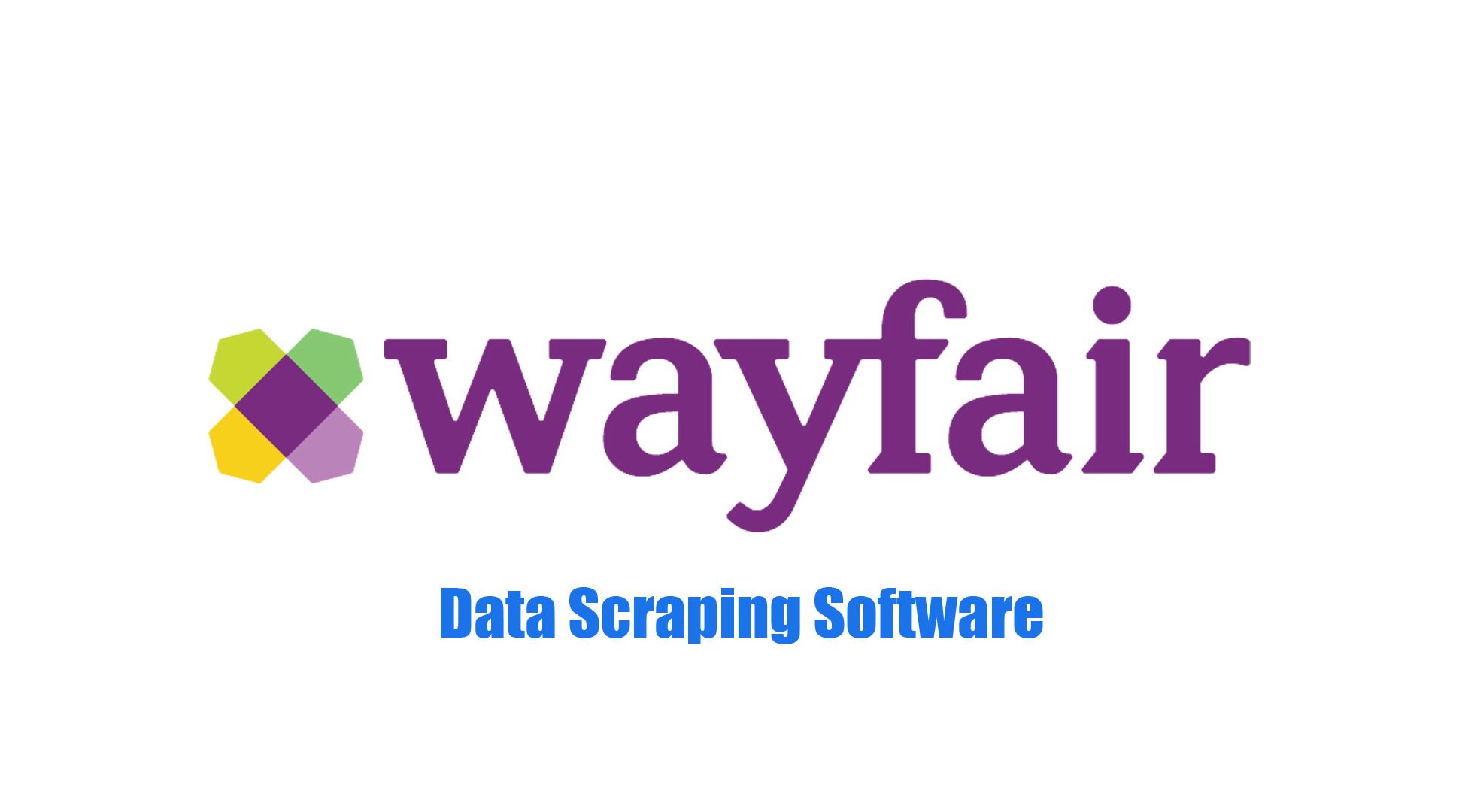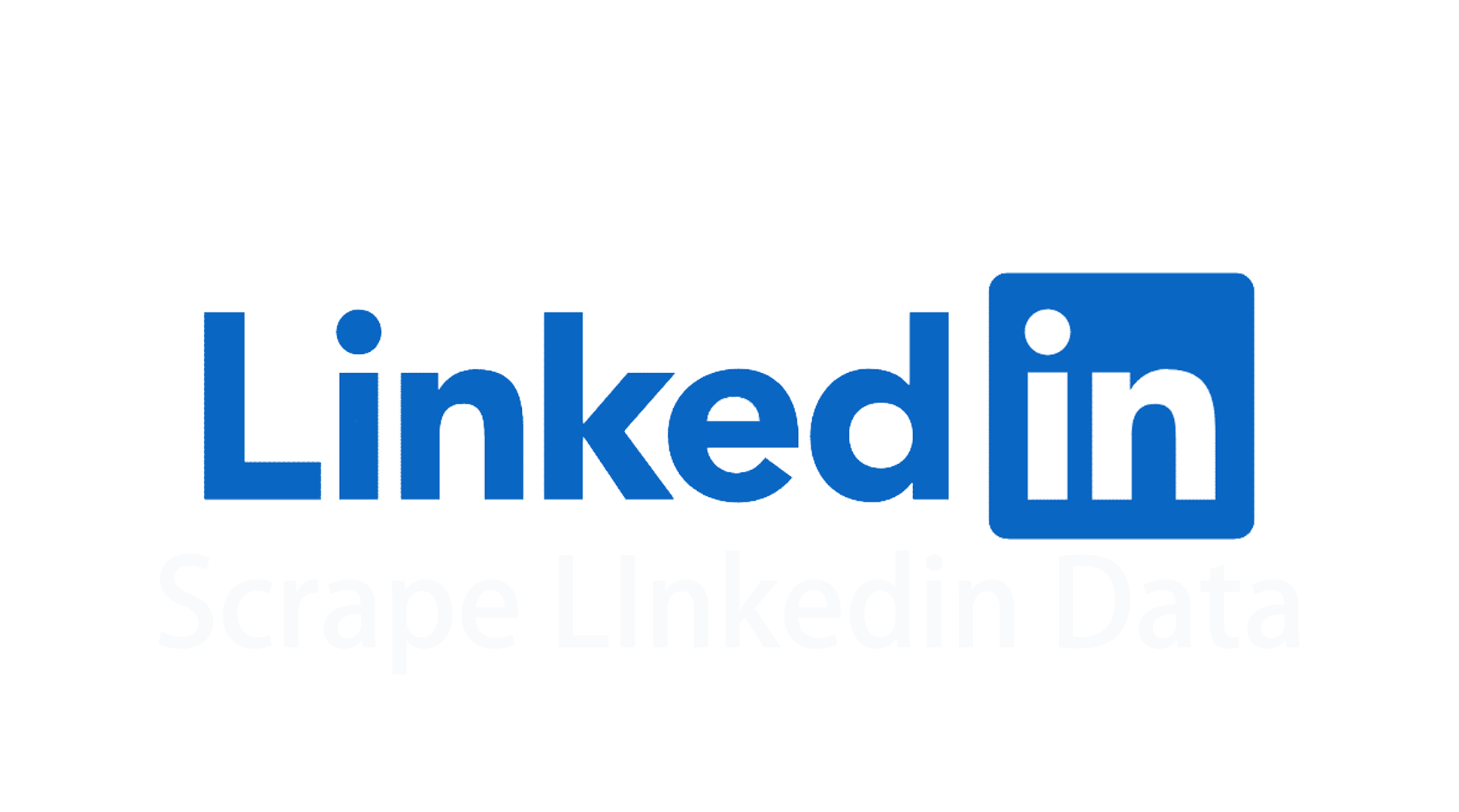Complete Guide to Google Search Data Scraping In 2025
In today's data-driven world, information is the new currency. For businesses, researchers, and developers, access to timely and vast datasets can be the key to unlocking market trends, understanding consumer behavior, and gaining a competitive edge. As the world's most popular search engine, Google is a treasure trove of this invaluable data.
From what people are searching for on Google Trends to what they're buying on Google Shopping, and from the apps they use on Google Play to the places they visit on Google Maps—this data paints a detailed picture of the digital and physical world. This guide explores the landscape of scraping data from various Google services, the challenges involved, and the tools that can help.
![]()
The applications are nearly endless:
- Market Research & SEO: Track keyword popularity, identify emerging trends, and analyze competitor strategies.
- Price Monitoring: Track product prices, availability, and seller ratings across Google Shopping for dynamic pricing strategies.
- App Analysis: Understand mobile app trends, reviews, ratings, and rankings to inform development and marketing decisions.
- Local Business Intelligence: Gather data on local competitors, analyze customer reviews and sentiments, and monitor your business's online presence on Google Maps.
- Brand Monitoring: Track how your brand or product is being represented in Google Images and News.
- Academic Research: Collect large-scale datasets for sociological, linguistic, or economic research.
Let's break down the specifics of scraping some of Google's most valuable services.
- What it offers: Google Trends provides indexed data on the popularity of search queries over time and across different regions.
- Scraping Challenge: Google Trends doesn't offer a public API for bulk data download. Its web interface is dynamic and interactive.
- Approach: Scraping involves automating a browser to select parameters (query, region, time frame) and then extracting the normalized trend data (values from 0 to 100) from the resulting charts or CSV download links. Specialized libraries like pytrends (an unofficial Python API) simplify this process by handling the queries and returning structured data.
-
What it offers: Access to a vast index of images tagged with metadata.
-
Scraping Challenge: Google Images uses lazy loading (infinite scroll), requiring script execution to load more images. Direct image links are also obfuscated.
-
Approach: A scraper must:
- Perform a search query.
- Simulate scrolling to load hundreds or thousands of images.
- Parse the page's JavaScript to find the true source URLs of the images.
- Download the images and extract metadata (like alt text, page title, and resolution). Tools like selenium or playwright are often used to automate the browser, while BeautifulSoup can help parse the content.
- What it offers: Aggregated product listings from various online retailers, including price, seller name, reviews, and shipping information.
- Scraping Challenge: Data is highly structured but often varies between retailers. Anti-bot measures are common due to the commercial sensitivity of the data.
- Approach: Scrapers target the product listing pages (PLPs) and product detail pages (PDPs). They extract fields like product title, price, seller, product ID (GTIN), and review stars. This is crucial for competitive price intelligence and product catalog aggregation. Using rotating proxies and realistic request headers is essential to avoid getting blocked.
- What it offers: Data on Android apps, including descriptions, developers, ratings, review counts, historical versions, and user reviews.
- Scraping Challenge: While more permissive than others, Google Play has rate limits.
- Approach: Scraping can be done by directly requesting the app's URL and parsing the HTML. For larger projects, unofficial APIs like google-play-scraper for Python are highly effective. They can return structured data for apps, developers, and reviews, including sentiment analysis of review text.
- What it offers: A goldmine of local business data: names, addresses, hours, contact info, and, most importantly, user-generated reviews and ratings.
- Scraping Challenge: This is one of the most difficult Google services to scrape. Data loads dynamically as you scroll, and Google employs sophisticated anti-scraping measures to protect this data.
- Approach: Scrapers must search for a business type in a location, extract the list of results, and then navigate to each place's profile to scrape all reviews, photos, and details. This requires full browser automation with selenium or playwright, sophisticated error handling, and a robust proxy infrastructure to avoid IP bans. The payoff, however, is incredibly valuable for local SEO and business analysis.
- Google Search (Organic & SERP): The foundation of all scraping. Used to extract organic results, paid ads, featured snippets, and "People also ask" boxes for SEO monitoring.
- Google News: Scraping headlines, sources, and article clusters for media monitoring and trend analysis.
- Google Flights: Extracting flight prices and availability for travel aggregation platforms (highly complex and protected).
Scraping Google Search data can be highly valuable for SEO analysis, market research, and competitive intelligence. However, due to Google's strict anti-scraping measures, it's important to approach this task carefully and ethically. There are multiple methods to scrape Google Search data, each with its pros and cons. Below, we’ll dive deeper into the various methods available, along with detailed steps for each.
Google provides an official way to retrieve search results using its Custom Search API. This is the most ethical and reliable method as it adheres to Google's terms of service, ensuring that you do not risk your IP being blocked or encountering CAPTCHAs.
- Steps to Set Up Google Custom Search API:
- Go to Google Custom Search and click on "Add" to create a new Custom Search Engine.
- Enter the websites or domains you want the search engine to crawl. You can configure it to search the entire web or specific websites.
- After creating the CSE, note your Search Engine ID (CX), which will be used in API requests.
- Visit the Google Cloud Console.
- Create a new project, or use an existing one.
- Search for and enable the Custom Search API.
- Go to APIs & Services > Credentials to create an API key.
The API allows you to send search queries and get results in a structured format (JSON). Here’s how you can use Python to send a request:
- Replace 'your_api_key' and 'your_custom_search_engine_id' with your actual API key and CSE ID.
- The response will contain various fields like the title, link, and snippet for each search result.
Google Custom Search API returns up to 10 results per page by default. To retrieve more results, you’ll need to handle pagination by specifying the start parameter. For example:
The API has usage limits. For free users, you can send up to 100 queries per day, with 10 results per query. If you exceed this limit, you may need to pay for additional quota or wait until the next day.
- Advantages: -- Ethical and Compliant: Directly supported by Google. -- Structured Data: Data is returned in a structured format (JSON), making it easy to parse. -- No CAPTCHAs: Since it’s an official API, you won’t encounter CAPTCHA challenges.
- Disadvantages: -- Limited Results: You’re limited to 100 queries per day (for free usage), and there may be restrictions on how many results you can access. -- Cost: Exceeding the free usage quota can incur costs.
For more complex scraping needs (e.g., extracting dynamic content, handling JavaScript rendering), Puppeteer or Selenium can be powerful tools. These tools use headless browsers to simulate human behavior, making it harder for Google to detect your activity.
- Using Selenium for Scraping Google:
- Install the necessary packages:
- Selenium requires a browser driver (e.g., ChromeDriver). You can automatically manage this using webdriver_manager.
Google Search results are often dynamically loaded, especially with JavaScript. Selenium can handle these cases by allowing the page to fully load before extracting the content.
Google may trigger CAPTCHAs if it detects abnormal browsing behavior. To minimize the chance of encountering CAPTCHAs, you can:
- Use Proxies: Rotate IP addresses using proxy services like MoMoProxy.
- Add Delays: Use random delays (time.sleep()) between requests to mimic natural browsing.
- Advantages: -- Handles Dynamic Content: Works well for scraping JavaScript-heavy websites. -- Bypass Anti-Scraping: Simulates user behavior, which can bypass basic bot protections.
- Disadvantages: -- Slower: Headless browsers are generally slower compared to API requests. -- Detection Risk: Even with headless browsing, Google may still detect automated traffic, especially if you scrape too frequently.
When scraping directly from Google Search, frequent requests from the same IP address may result in throttling or IP blocking. To avoid this, you should use proxy rotation and User-Agent rotation.
Using proxy services like MoMoProxy allows you to rotate IP addresses to avoid detection. By sending requests through multiple IP addresses, you can bypass Google’s anti-scraping mechanisms that detect repeated requests from a single IP.
![]()
To further reduce detection, rotate your User-Agent string. This simulates requests coming from different browsers or devices, making it harder for Google to flag your activity as scraping.
Here’s an example of rotating User-Agent strings using the requests library:
- Advantages: -- IP Rotation: Helps prevent IP bans and throttling. -- Anonymous Scraping: Provides anonymity by rotating both IPs and User-Agent strings.
- Disadvantages: -- Complex Setup: You need to manage proxies and User-Agent lists. -- Cost: Proxy services often come at a cost, especially if you need to scale.
When scraping Google Search, you may encounter CAPTCHAs that need to be solved before proceeding. Here are some approaches to handle them:
- Manual CAPTCHA Solving: You can manually solve CAPTCHAs when they appear (less efficient).
- Captcha Solving Services: You can use third-party services like CaptchaAI or AntiCaptcha to solve CAPTCHAs programmatically.
While these services can automate the process, it’s important to use them sparingly to avoid violating Google’s terms of service.
Scraping Google Search data is a valuable skill for various applications, but it requires caution due to Google’s anti-scraping measures. The best approach depends on your needs:
- Google Custom Search API is the most reliable and compliant method.
- Puppeteer/Selenium provides flexibility, especially for JavaScript-heavy pages.
- Proxy rotation and User-Agent switching help reduce detection.
By following best practices, such as respecting Google’s rate limits and handling CAPTCHAs, you can effectively scrape Google Search data while minimizing the risk of being blocked.









